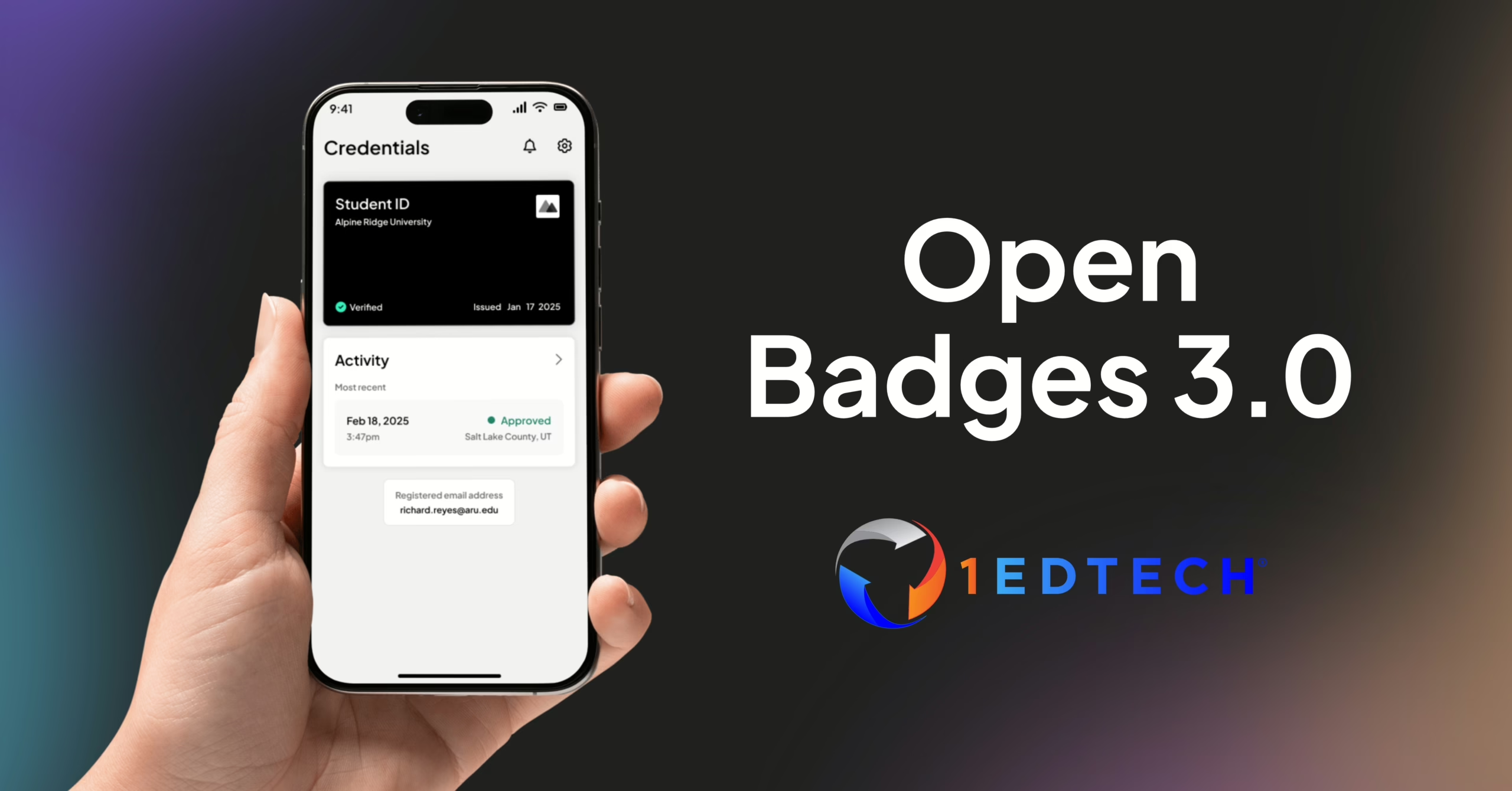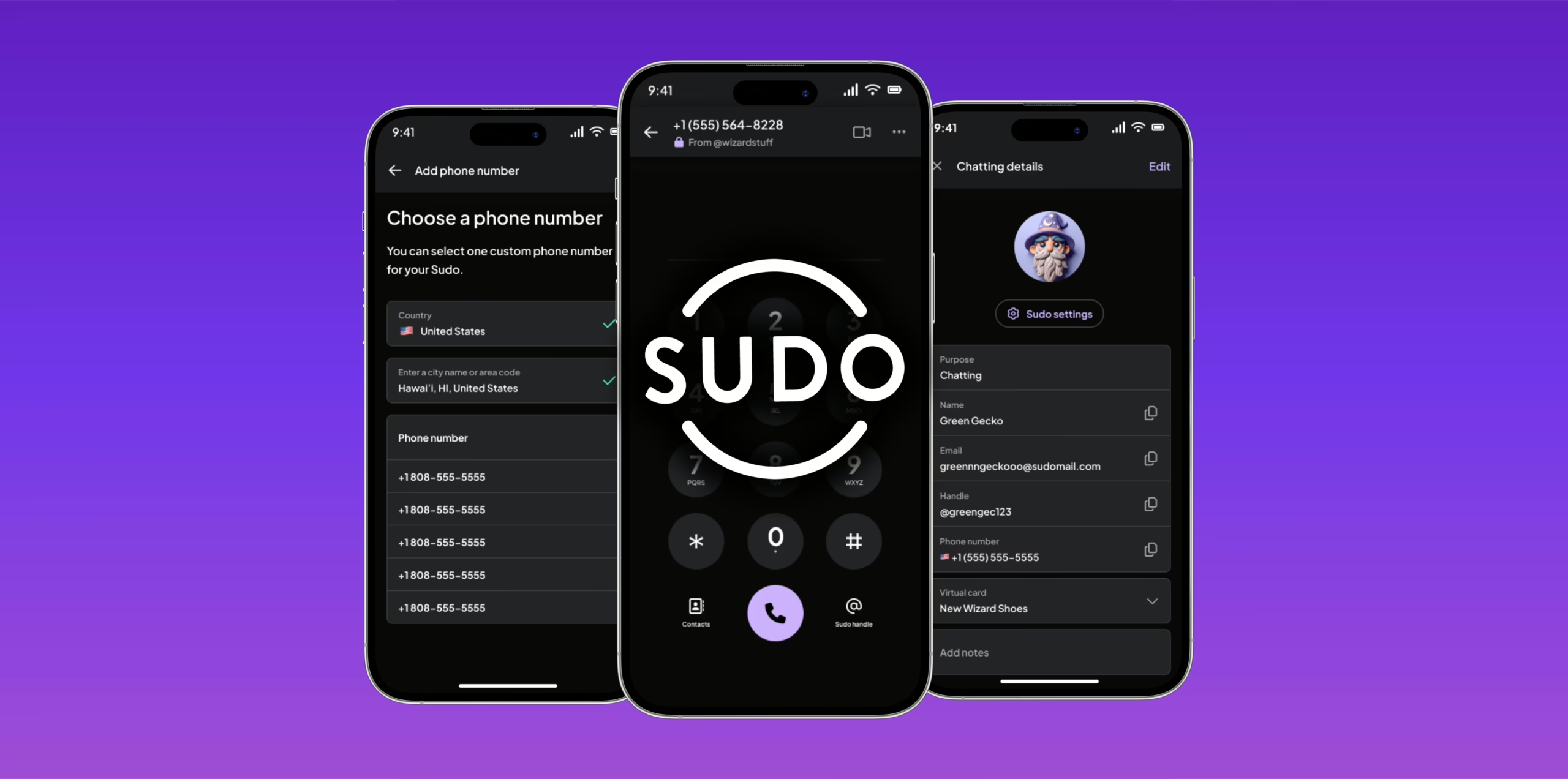Open Badges 3.0 is the latest evolution of the 1EdTech Open Badges standard for education credentials, marking another advancement in how learning achievements are recognized, verified, and shared.
Unlike traditional credentials, open badges are dynamic and stackable, providing a comprehensive record of lifelong learning. They’re already widely used across a global ecosystem of educators, training providers, and edtech companies.
Each badge contains built-in details that makes it easy to verify and share:
- Who issued the badge
- What criteria were met
- When it was awarded
- Links to supporting evidence
- Associated standards or skills frameworks
These badges are typically image files (PNG or SVG) with structured data (JSON or JSON-LD) embedded inside, enabling seamless verification across platforms.
What’s New in Open Badges 3.0?
Developed by 1EdTech, Open Badges 3.0 introduces significant upgrades by aligning with the W3C Verifiable Credentials Data Model. This update delivers enhanced security, privacy, and interoperability, and marks a leap toward a globally recognized framework for digital credentials.
Key improvements include:
- Stronger Security: Cryptographic proofs ensure badges are tamper-proof and trustworthy.
- Enhanced Privacy: Sensitive data no longer needs to be publicly hosted.
- Greater Compatibility: Full integration with digital wallets and VC-based systems increases portability and usability.
Additionally, the structure has been redesigned. Each badge in 3.0 now directly references the earner, issuer, and a clearly defined achievement, making the system more robust and future-proof.
Real-World Use Cases
Open Badges 3.0 unlocks new, practical applications:
- Learners store badges in digital wallets alongside government IDs and other credentials.
- Licensed professionals use badges to prove qualifications in regulated industries.
- Job seekers present skill-based badges on recruitment platforms.
- Employers endorse skills by co-signing badges.
- Training providers issue credentials on behalf of industry standards bodies.
- Institutions manage the lifecycle of credentials, including revocation and expiry.



